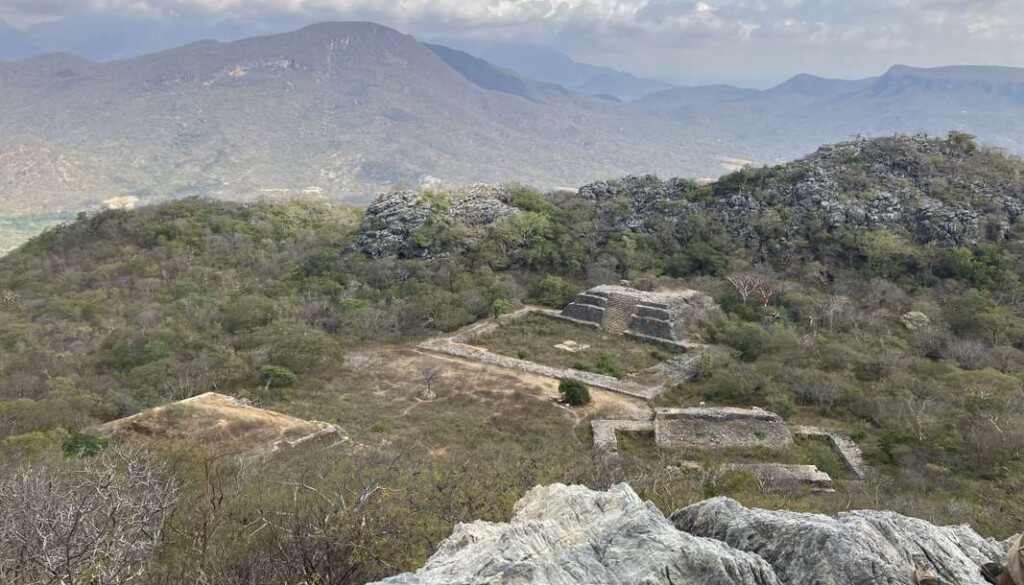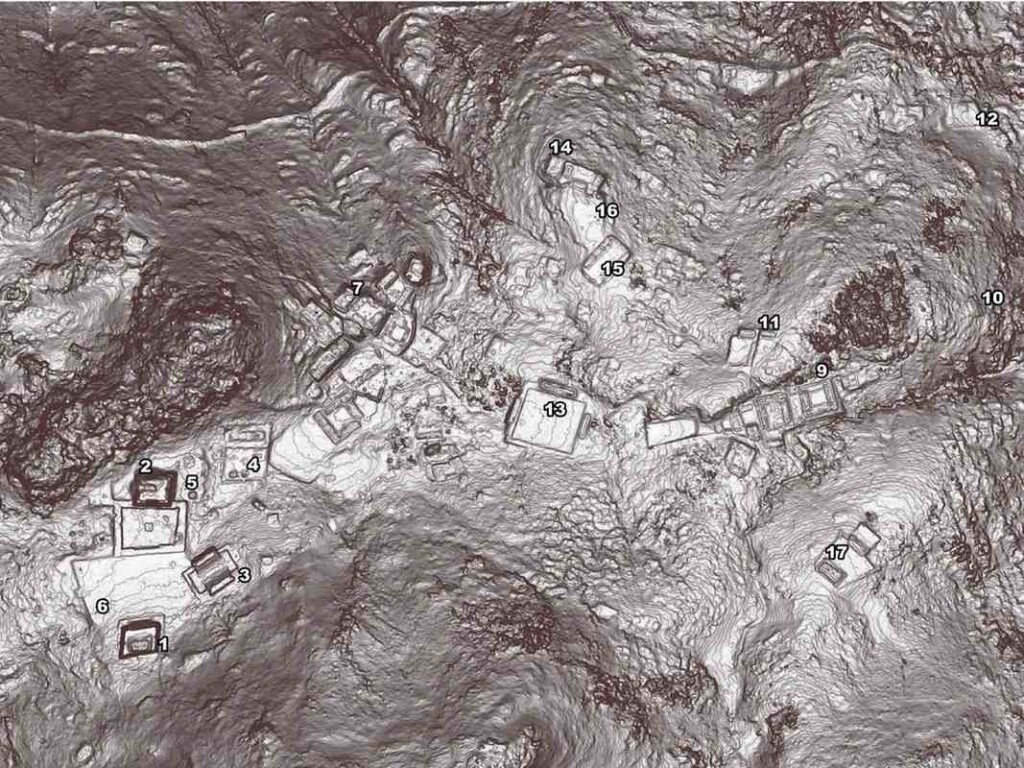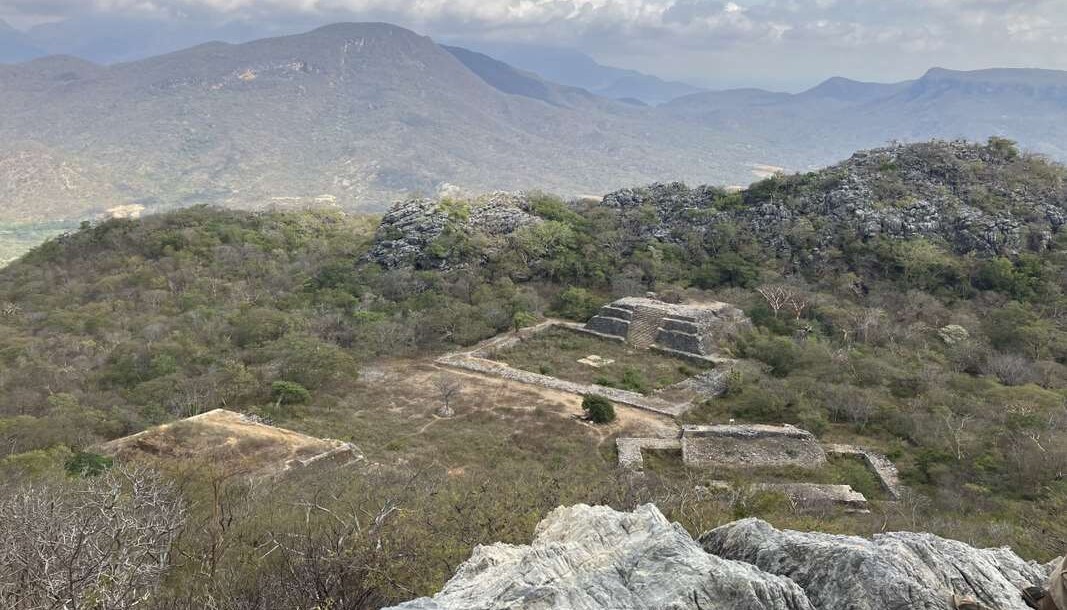
A recent LiDAR survey in southern Mexico has revealed that a known site of pre-Colombian fortifications was actually a thriving urban center of 5,000 people or more.
Despite being known to Spanish explorers, modern historians, and archaeologists, the site of Guiengola in the hills above the modern town of Santo Domingo Tehuantepec is now understood to contain ballcourts, roads, temples, and neighborhoods.
Guiengola was built as early as 1350 and abandoned as late as 1521. The architects and inhabitants were the Zapotecs, a pre-Colombian people who inhabited areas making up the modern Mexican state of Oaxaca as far back as the 6th century BCE.
An early Spanish chronicle testifies to the site’s use as a fortification by the Zapotecs in a conflict with the Mexica (Aztecs), but due to the site’s remote position at high elevation and shrouded by dense forest canopy, it was never properly studied writes Pedro Guillermo Ramón Celis, organizer of a LiDAR survey of the site.
According to Ramon Cellis’ paper on the survey, published in the journal Ancient Mesoamerica, the Spanish account “does not provide information about Guiengola beyond its significance as a fortification,” with there also being no “sufficient historical data on how non-elites were incorporated into the construction and everyday life of the site.”
“Although you could reach the site using a footpath, it was covered by a canopy of trees,” Ramón Celis said in a statement released by McGill University where he works as a post-doctoral researcher.
“Until very recently, there would have been no way for anyone to discover the full extent of the site without spending years on the ground walking and searching. We were able to do it within two hours by using remote-sensing equipment and scanning from a plane.”
“I would say that at least 5,000 people were living permanently on the site,” Ramon Cellis tells Live Science.

To explore how power was distributed in the city, Ramon Cellis has calculated how much building space was given over to elite areas such as the temples and ballcourts, for example, compared to what was built in the areas used by commoners.
MORE SOUTH AMERICAN CIVILIZATION: Ancient Mayan City Hidden for Over 1,000 Years Discovered by LiDAR
“Because the city is only between 500 and 600 years old, it is amazingly well preserved, so you can walk there in the jungle, and you find that houses are still standing… you can see the doors… the hallways… the fences that split it from other houses” he told his university press.
“So, it is easy to identify a residential lot. It’s like a city frozen in time, before any of the deep cultural transformations brought by the Spanish arrival had taken place.”
MORE LIDAR DISCOVERIES: Two Lost Cities Discovered Along the Silk Road–the Iconic Ancient Trade Route
Ramon Cellis plans to return to conduct more research at Guiengola later this year, saying that as a point of reference and pride for the Zapotec people, it could provide key insights into their ancestors’ ways of living, as well as an example of a civilization that resisted the Aztec’s conquering push southward, which has always been assumed to have gone on without encountering any major military setbacks.
SHARE This Incredible Ruin Left Bizarrely Unexplored For 500 Years…




















